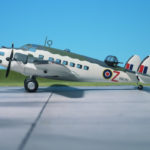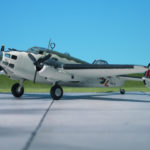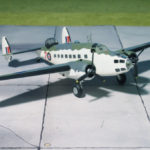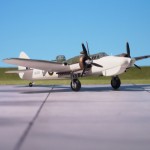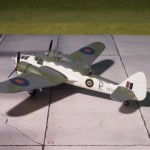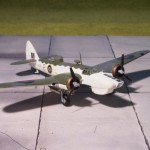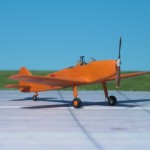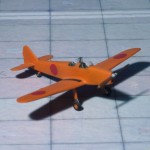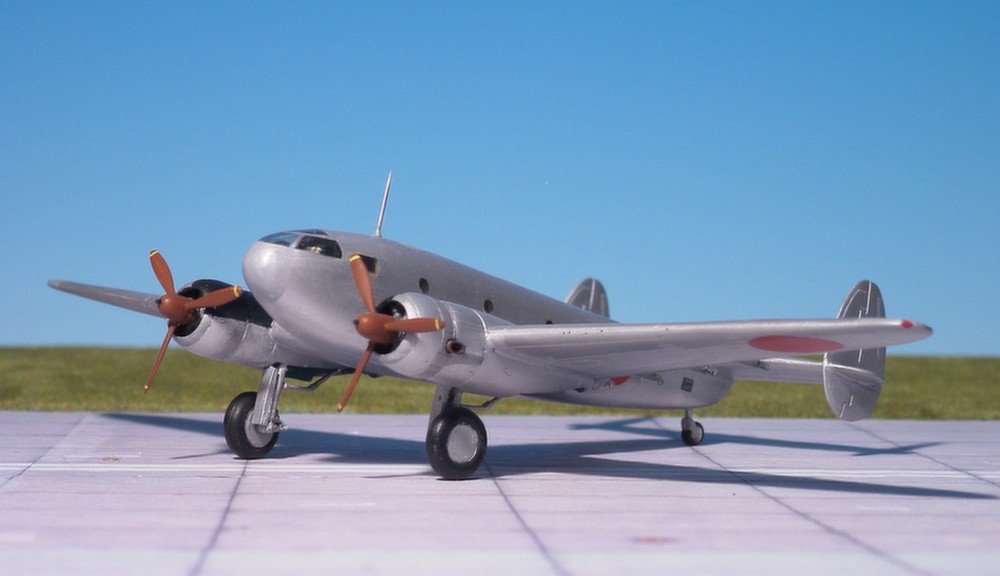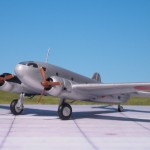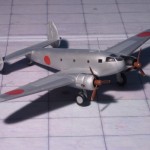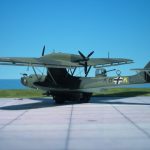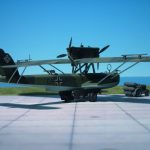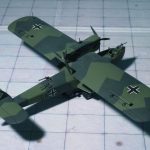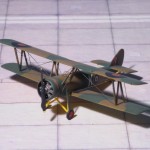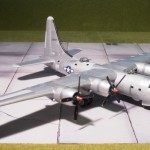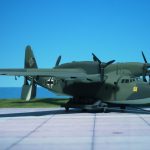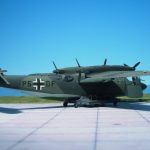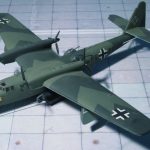TYPE: Light bomber, reconnaissance aircraft
ACCOMMODATION: Crew of six
POWER PLANT: Two Pratt & Whitney “Twin Wasp” radial engines, rated at 1,200 hp each
PERFORMANCE: 246 mph
COMMENT: The Lockheed “Hudson” was an American-built light bomber and coastal reconnaissance aircraft built initially for the British Royal Air Force shortly before the outbreak of WW II and primarily operated by the RAF thereafter. The “Hudson” served throughout the war, mainly with Coastal Command but also in transport and training roles as well as delivering agents into occupied France. They were also used extensively with the Royal Canadian Air Force’s anti-submarine squadrons and by the Royal Australian Air Force.
In late 1937 Lockheed sent a cutaway drawing of the Model 14 to various publications, showing the new aircraft as a civilian aircraft and converted to a light bomber. This attracted the interest of various air forces and in 1938, the British Purchasing Commission sought an American maritime patrol aircraft for the United Kingdom to support the Avro “Anson”. On December 1938, Lockheed demonstrated a modified version of the Lockheed Model 14 “Super Electra” commercial airliner, which swiftly went into production as the “Hudson Mk I”.
A total of 350 Mk I and 20 Mk II “Hudsons” were supplied. These had two fixed Browning machine guns in the nose and two more in the Boulton Paul dorsal turret. The Hudson Mk III added one ventral and two beam machine guns and replaced the 1,100 hp Wright “Cyclone” cylinder radials with 1,200 hp versions (428 produced).
The “Hudson Mk V” (309 produced) and Mk VI (450 produced) were powered by the 1,200 hp Pratt & Whitney “Twin Wasp” 14-cylinder two-row radial. The RAF also obtained 380 Mk IIIA and 30 Mk IV “Hudsons” under the Lend-Lease programme.
By February 1939, RAF “Hudsons” began to be delivered, by the start of WW II in September, 78 “Hudsons” were in service. Due to the United States’ neutrality at that time, early series aircraft were flown to the Canada–US border, landed, and then towed on their wheels over the border into Canada by tractors or horse drawn teams, before then being flown to Royal Canadian Air Force (RCAF) airfields where they were then dismantled and “cocooned” for transport as deck cargo, by ship to Liverpool. The “Hudsons” were supplied without the Boulton Paul dorsal turret, which was installed on arrival in the United Kingdom.
Although later outclassed by larger bombers, the Lockheed “Hudson” achieved some significant feats during the first half of the war. Skilled and experienced pilots found that the Hudson had an exceptional maneuverability for a twin-engined aircraft, especially a tight turning circle if either engine was briefly feathered (Ref. 24).


